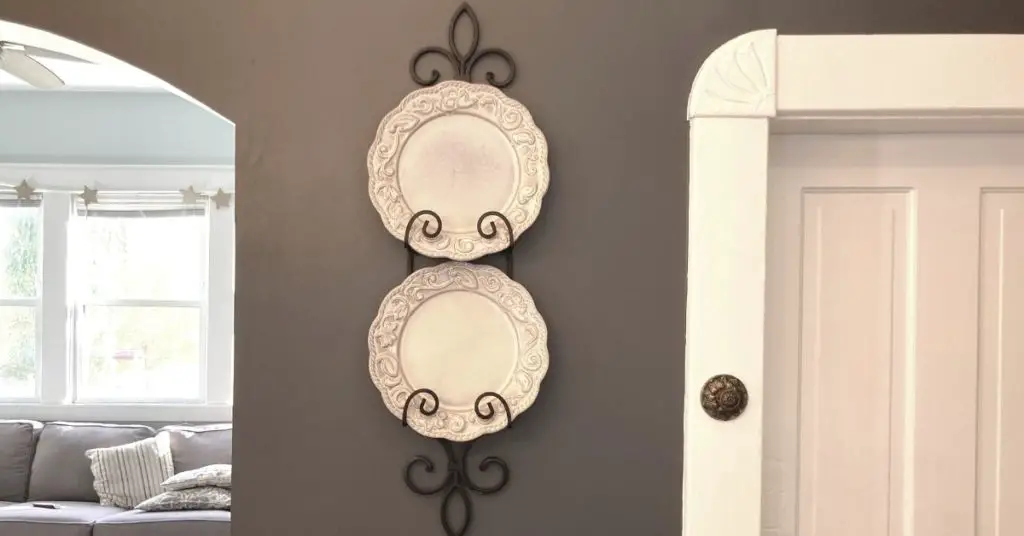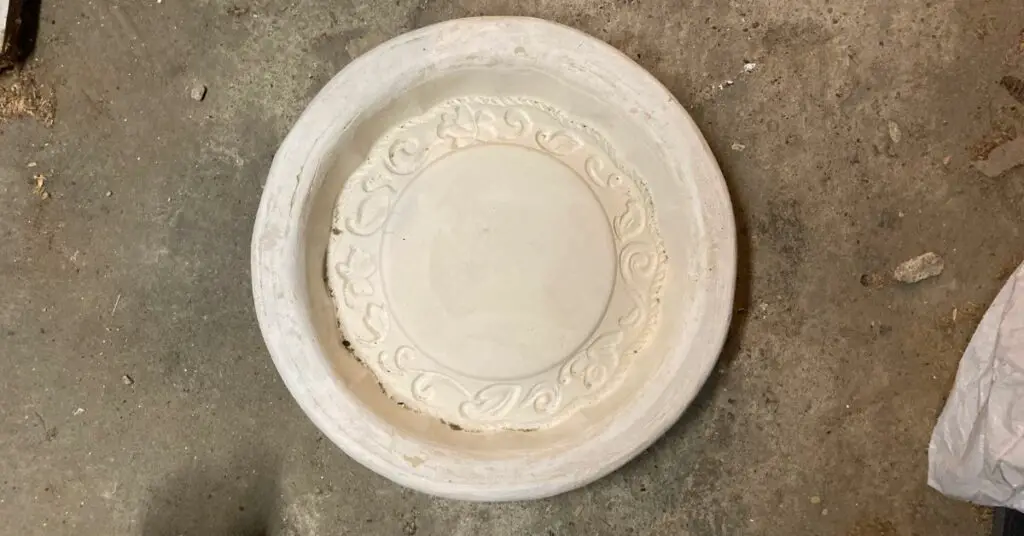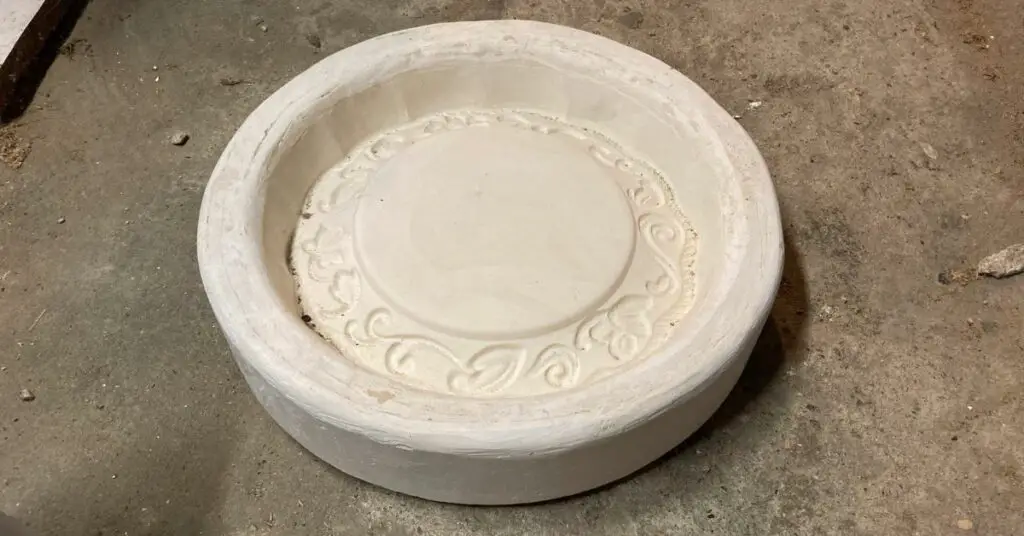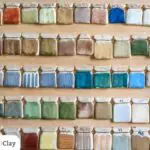Slip casting is used to create intricate shapes that are difficult or impossible to make using traditional techniques such as throwing or hand-building. The process involves using a slip cast mold, which is a porous mold made of plaster or another similar material. The mold absorbs the moisture from the slip, causing it to solidify and take on the shape of the mold.
Slip casting is a popular technique used in the ceramics industry to produce complex shapes and high-quality ceramic products. The process involves pouring a liquid clay mixture, called slip, into a mold, allowing the slip to solidify, and then removing the mold to reveal the desired shape.
What’s the history of slip casting?
The history of slip casting can be traced back to ancient civilizations such as the Egyptians, Greeks, and Romans, who used the technique to create pottery, figurines, and other decorative objects. The technique was also popular in China, where it was used to create porcelain pieces with intricate designs.
However, slip casting as it is known today developed during the Industrial Revolution in Europe in the 18th and 19th centuries. The use of plaster molds and mass production techniques allowed for the efficient production of ceramics, making it a popular choice for commercial ceramic production.
In the 20th century, slip casting became a popular technique in the studio ceramics movement, as artists began to experiment with the possibilities of the technique to create unique and innovative ceramic pieces. Today, slip casting remains a popular technique in the ceramics industry, used to produce everything from fine art pieces to mass-produced ceramic products.
Why use slip casting instead of another technique?

Slip casting offers several advantages over traditional techniques like throwing on a pottery wheel or hand-building with clay. Some of these advantages include:
- Consistency: Slip casting allows for the creation of identical pieces with consistent thickness and shape, which can be difficult to achieve with hand-building or throwing.
- Reproducibility: Because a mold is used to create the shape, slip casting allows for the efficient production of large quantities of identical pieces.
- Complex shapes: Slip casting can be used to create complex shapes with intricate details that may be difficult or impossible to create with other techniques.
- Efficiency: Slip casting is a relatively quick and efficient process, allowing for the production of multiple pieces at once.
- Cost-effectiveness: Once a mold is created, it can be used multiple times, making slip casting a cost-effective way to produce large quantities of identical pieces.
Overall, slip casting offers a combination of efficiency, consistency, and reproducibility that makes it a popular choice for commercial ceramic production, while also allowing for creative exploration and innovation in the studio ceramics movement.
What is the slip casting process?
To create a slip cast mold, the desired shape is first created in a non-porous material such as wax or plastic. This shape is then coated with a release agent, and a plaster mixture is poured over it. The plaster absorbs the moisture from the release agent, creating a solid mold that can be used for slip casting.

Slip, the liquid clay used in slip casting, is made by mixing water with a specific clay body to create a thin, pourable mixture. The clay used in slip casting can be different from the clay used for throwing or hand-building, as it needs to be more fluid and have a higher water content.

One of the advantages of slip casting is that it allows for the creation of complex shapes with consistent thickness and high levels of detail. It is also an efficient and cost-effective way to produce large quantities of identical ceramic pieces.
Plaster is commonly used for slip casting molds because of its ability to absorb moisture from the slip, creating a solid and uniform shape. Plaster molds are also durable and can be used multiple times, making them a popular choice for commercial ceramic production.
Ceramic slip molds can be made from a variety of materials, including plaster, silicone, and latex. The material used will depend on the complexity of the shape and the desired finish of the final product.
Some commonly asked questions
What are the benefits of slip casting?
The benefits of slip casting include the ability to create complex shapes with consistent thickness and high levels of detail, as well as the efficient and cost-effective production of large quantities of identical ceramic pieces. Slip casting is also a relatively quick process and allows for the exploration of innovative and creative designs.
What is the definition of slip casting in ceramics?
The definition of slip casting in ceramics is the process of pouring a liquid clay mixture, called slip, into a porous mold to create a ceramic piece. The mold absorbs the moisture from the slip, causing it to solidify and take on the shape of the mold.
What do you use for slip casting?
For slip casting, you typically use a liquid clay mixture called slip, which is made by mixing water with a specific clay body to create a thin, pourable mixture. The clay used for slip casting can be different from the clay used for throwing or hand-building, as it needs to be more fluid and have a higher water content. Plaster is commonly used for slip casting molds because of its ability to absorb moisture from the slip and create a solid and uniform shape. Other materials such as silicone and latex can also be used to make slip casting molds.
Conclusion
In conclusion, slip casting is a popular technique used in the ceramics industry to produce high-quality, complex shapes with consistent thickness and intricate details. It involves pouring a liquid clay mixture, called slip, into a mold made of plaster or another porous material. Slip casting allows for the efficient and cost-effective production of large quantities of identical ceramic pieces, making it a popular choice for commercial ceramic production.






